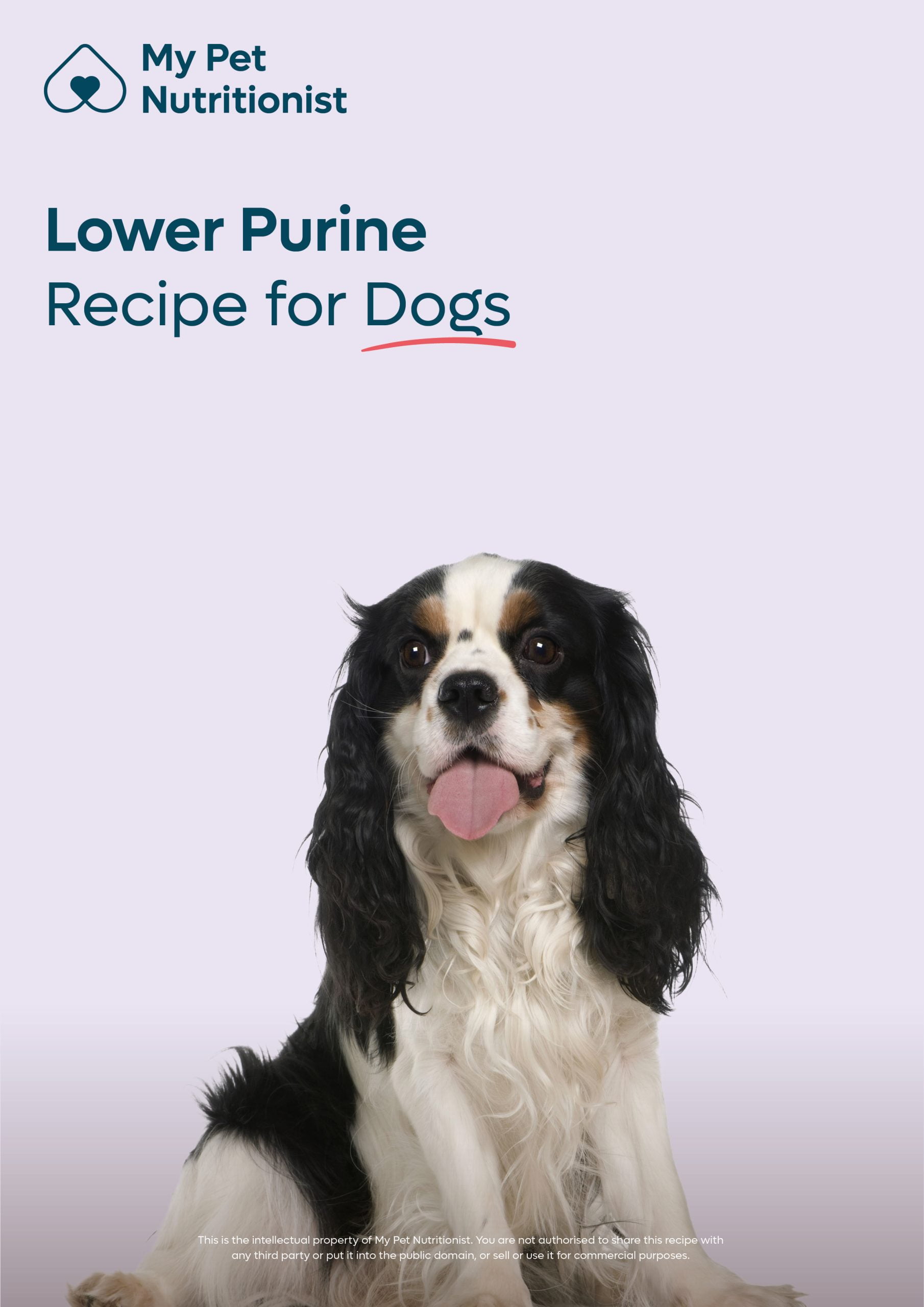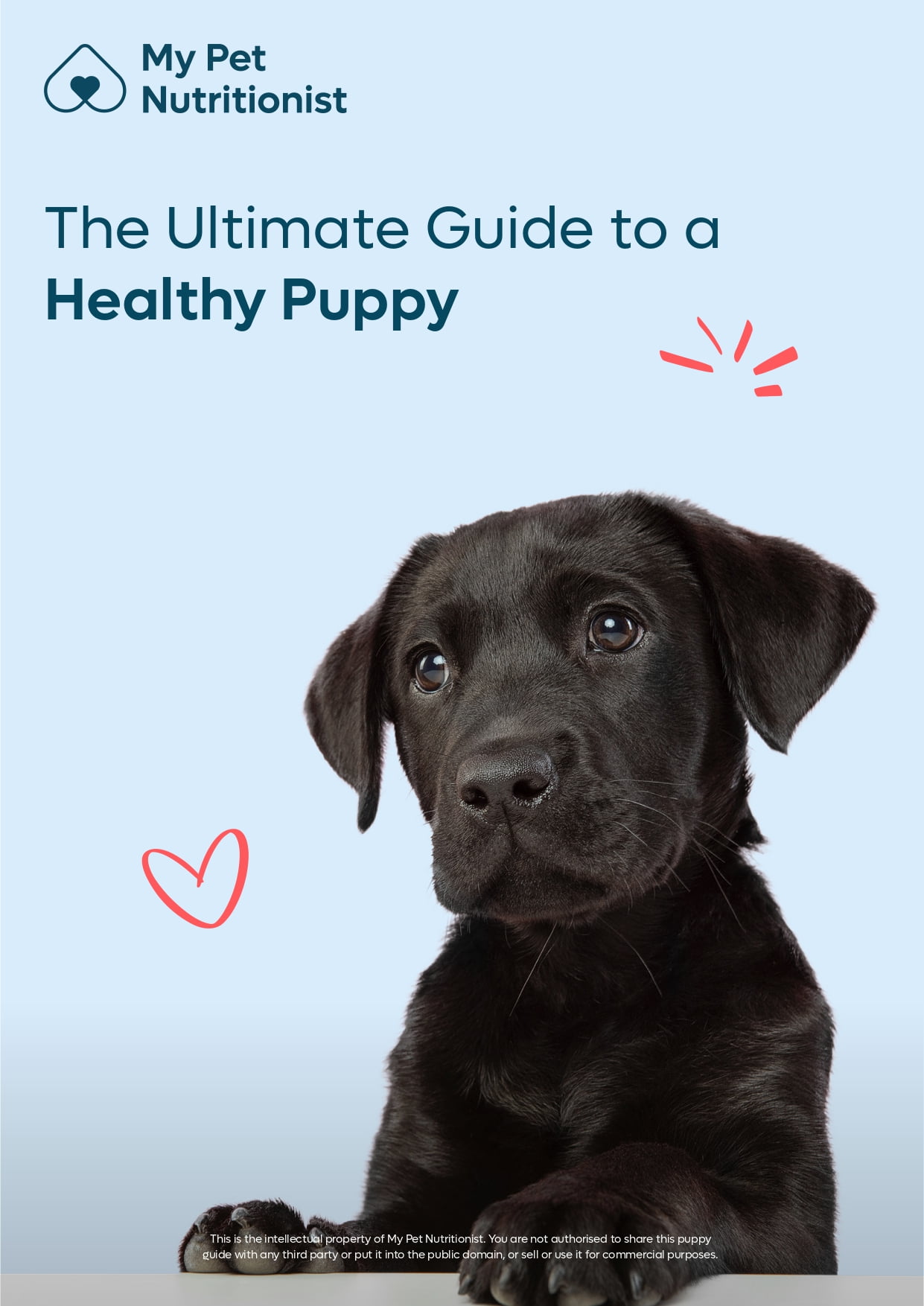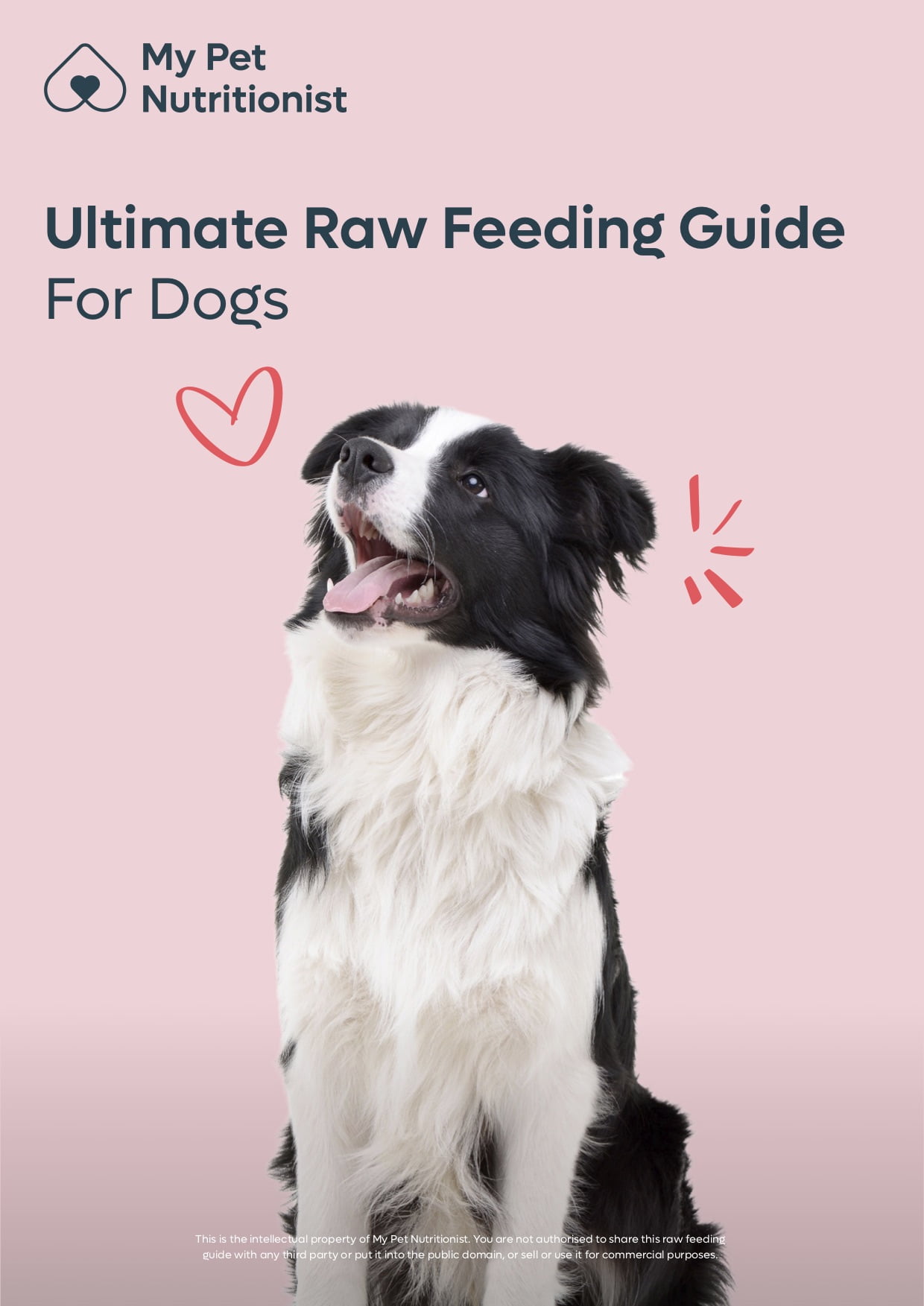-
£19.99

Offal… Why is it Important?
- March 29, 2023
- 4 mins 32 secs
Those feeding a fresh diet, whether it’s raw, or lightly cooked, will notice their pet’s meals contain offal. Offal is one of the important elements to include in your carnivorous pet’s meals. Here at My Pet Nutritionist, we wanted to highlight this element of the diet, and explain it’s importance!
Offal is essential in the diet of both cats, and dogs.
In the world of pet food, when we refer to ‘offal’, we actually mean ‘secreting offal’. ‘Secreting’ means ‘produces a useful substance’; so secreting offal, is organs which produce a substance used by the body.
Secreting offal includes:
Liver offers a huge amount of fat-soluble Vitamin A, which is essential for healthy vision, healthy growth and development, and support of the immune system. Liver contains large amounts of water-soluble Vitamin B2, which is responsible for metabolism of fats, proteins and carbohydrates. Vitamin B12 is found in abundance in liver, which keeps nerve and blood cells in good condition, as well as being involved in the body’s production of DNA. As liver contains so much of these vitamin, it’s important to include in the diet, but not to feed more than 5% of the entire diet. Liver is a great source of Copper; the mineral responsible for keeping the nervous system healthy, keeping blood cells healthy, and aiding the immune system.
Findings Here
Kidney is a great source of the mineral, Selenium. Selenium protects cells against damage and infection, and also aids the production of DNA. Kidney contains a wide range of B vitamins, including B1, B2, B6 and B12. B6 is very important for brain function, as it controls the level of homocysteine; an amino acid associated with cognitive decline when found in large amounts. Vitamin D is found more in kidney than any other organ, and is essential for regulation of calcium and phosphate in the body, which keep bones, muscles and teeth in good condition.
Findings Here
Spleen contains high concentrations of iron. Iron is essential for many bodily functions, including haemoglobin production, myoglobin production, as well as production of many hormones. Vitamin B12 can be found in relatively large amounts in spleen, and is also very high in tryptophan; the amino acid which aids the sleep cycle, through regulation of serotonin and melatonin. The liver uses this amino acid for production of Vitamin B3, which is essential for DNA production.
Findings Here
Pancreas is one of the higher fat offal options. It doesn’t contain any particularly notifiable amounts of vitamins or minerals, but it does offer a range of very useful digestive enzymes. It may be worth considering feeding pancreas as part of a balanced diet if your dog has a sensitive stomach, and requires a little extra digestive help.
One study shows replacing ‘lecithin’ in the commercial diet of a dog with lack of pancreatic function, with raw pancreas, is massively beneficial!
Findings Here
Testicles (yes, we said testicles! Chuckle, if you wish – we do! Some readers may wish to cross their legs when reading this section!) are a great source of vitamin B12, and are also high in protein, and very low in fat. They contain a great amount of sodium too, which is essential for health contraction and relaxation of muscles throughout the body. Chloride is also in abundance in testicles, which along with sodium, regulates the mineral uptake and hydration of the body.
Findings Here
Brain is a great option for your pet, though contains the same amount of fat as it does protein. Unlike any other offal, brain is a fantastic source of essential fatty acids. The Omega-3 Fatty Acid, DHA, is a natural anti-inflammatory, which is usually found in fish and raw eggs. Brain contains huge amounts of DHA, which is excellent for brain health and cognitive development. A fantastic choice for all dogs, but especially growing puppies, and senior dogs who may be prone to cognitive decline.
Findings Here
When feeding a lower purine diet, it is essential to follow a recipe, to ensure your dog is not missing out on essential vitamins and minerals.
Learn more about purines here Find our lower purine recipe here
Don’t forget to check out our recipes! If you would like help with your dog or cat’s diet, please don’t hesitate to book in for a consultation with one of our team.
Is My Pet A Carnivore?
Dogs and cats are both carnivorous species; however they are different types of carnivore. Cats are obligate carnivores, meaning their diet should be made purely from meat, offal and bone. Dogs are facultative carnivores, which means they predominantly eat a meat based diet, but may benefit from the addition of plant matter.Offal is essential in the diet of both cats, and dogs.
What is Offal?
When we speak about offal, many people may think back to their biology lesson days, or the packet of giblets and organs that comes with their Christmas turkey! These organs are offal, to some extent; but in the raw/fresh pet food world, we need to be a little more specific!In the world of pet food, when we refer to ‘offal’, we actually mean ‘secreting offal’. ‘Secreting’ means ‘produces a useful substance’; so secreting offal, is organs which produce a substance used by the body.
Secreting offal includes:
- Liver
- Kidney
- Spleen
- Pancreas
- Testicle
- Brain
How Much Offal Do I Feed?
For healthy pets, they require 10% offal in their diet. No more than 5% of this should be liver, due to it being incredibly nutrient dense – it really is a powerhouse! The rest of the raw diet should be 80% muscle meat, and 10% bone. In a fresh cooked diet, it’s important to follow a recipe balanced to FEDIAF, like ours!What is the Role of Offal in the Diet?
Offal provides numerous vitamins and minerals; we will discuss what each organ provides! All offal is high in moisture, which really helps keep the dog’s kidneys from being under stress, and reduces the risk of UTIs. Each organ fed, provides benefits to the same organ within the dog’s body too!Liver offers a huge amount of fat-soluble Vitamin A, which is essential for healthy vision, healthy growth and development, and support of the immune system. Liver contains large amounts of water-soluble Vitamin B2, which is responsible for metabolism of fats, proteins and carbohydrates. Vitamin B12 is found in abundance in liver, which keeps nerve and blood cells in good condition, as well as being involved in the body’s production of DNA. As liver contains so much of these vitamin, it’s important to include in the diet, but not to feed more than 5% of the entire diet. Liver is a great source of Copper; the mineral responsible for keeping the nervous system healthy, keeping blood cells healthy, and aiding the immune system.
Findings Here
Kidney is a great source of the mineral, Selenium. Selenium protects cells against damage and infection, and also aids the production of DNA. Kidney contains a wide range of B vitamins, including B1, B2, B6 and B12. B6 is very important for brain function, as it controls the level of homocysteine; an amino acid associated with cognitive decline when found in large amounts. Vitamin D is found more in kidney than any other organ, and is essential for regulation of calcium and phosphate in the body, which keep bones, muscles and teeth in good condition.
Findings Here
Spleen contains high concentrations of iron. Iron is essential for many bodily functions, including haemoglobin production, myoglobin production, as well as production of many hormones. Vitamin B12 can be found in relatively large amounts in spleen, and is also very high in tryptophan; the amino acid which aids the sleep cycle, through regulation of serotonin and melatonin. The liver uses this amino acid for production of Vitamin B3, which is essential for DNA production.
Findings Here
Pancreas is one of the higher fat offal options. It doesn’t contain any particularly notifiable amounts of vitamins or minerals, but it does offer a range of very useful digestive enzymes. It may be worth considering feeding pancreas as part of a balanced diet if your dog has a sensitive stomach, and requires a little extra digestive help.
One study shows replacing ‘lecithin’ in the commercial diet of a dog with lack of pancreatic function, with raw pancreas, is massively beneficial!
Findings Here
Testicles (yes, we said testicles! Chuckle, if you wish – we do! Some readers may wish to cross their legs when reading this section!) are a great source of vitamin B12, and are also high in protein, and very low in fat. They contain a great amount of sodium too, which is essential for health contraction and relaxation of muscles throughout the body. Chloride is also in abundance in testicles, which along with sodium, regulates the mineral uptake and hydration of the body.
Findings Here
Brain is a great option for your pet, though contains the same amount of fat as it does protein. Unlike any other offal, brain is a fantastic source of essential fatty acids. The Omega-3 Fatty Acid, DHA, is a natural anti-inflammatory, which is usually found in fish and raw eggs. Brain contains huge amounts of DHA, which is excellent for brain health and cognitive development. A fantastic choice for all dogs, but especially growing puppies, and senior dogs who may be prone to cognitive decline.
Findings Here
When is a Low Offal Diet Required?
Very occasionally, some dogs may require a diet lower in offal than others; namely those requiring low purine diets. Dalmatians commonly require a lower purine diet, which may contain a reduced amount of offal.When feeding a lower purine diet, it is essential to follow a recipe, to ensure your dog is not missing out on essential vitamins and minerals.
Learn more about purines here Find our lower purine recipe here
Don’t forget to check out our recipes! If you would like help with your dog or cat’s diet, please don’t hesitate to book in for a consultation with one of our team.
Customer Reviews
Explore related products
Related articles
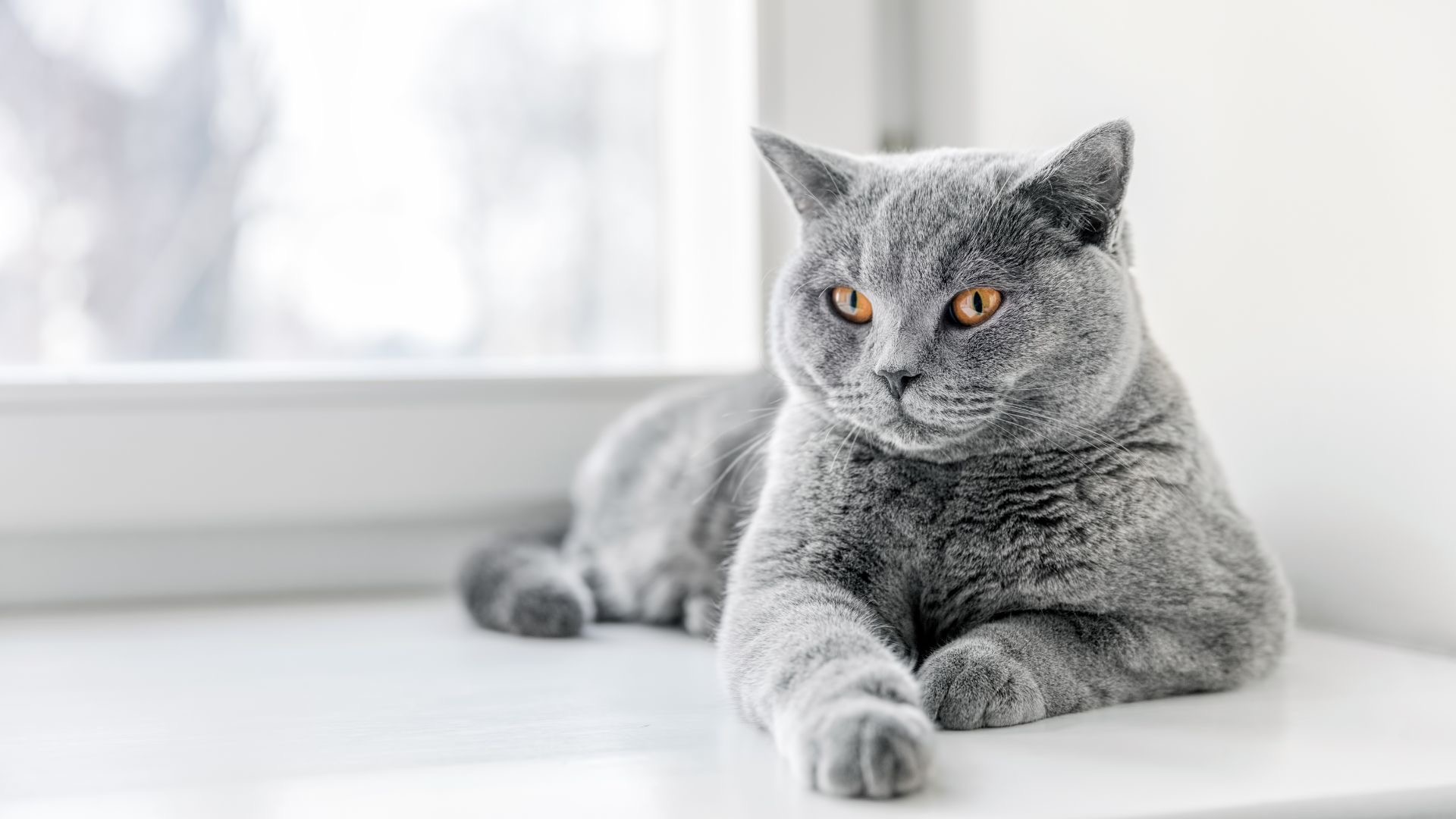
Dietary NeedsGeneral HealthCatsCats General Health
Do Indoor Cats Have Different Needs to Outdoor Cats?
Jul 05 2024
•
7 mins 50 secs
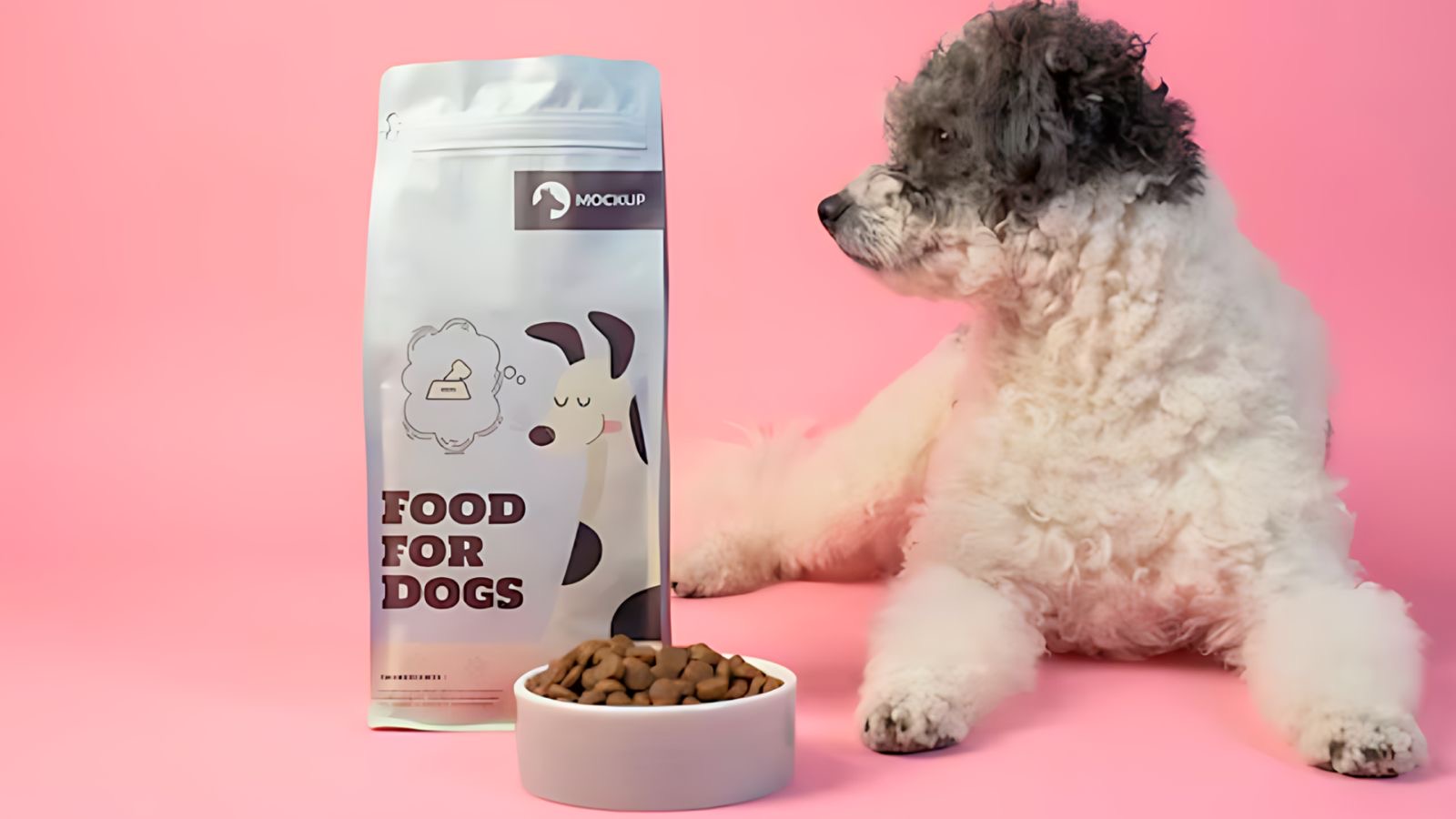
Dietary NeedsGeneral HealthCatsCats General Health
Understanding Pet Food Labels
Jun 13 2024
•
8 mins 40 secs

Dietary NeedsGeneral HealthCatsCats General Health
The Low Down on Hypoglycaemia in Pets
Jun 06 2024
•
8 mins 25 secs

Dietary NeedsGeneral HealthCatsCats General Health
What is Pica, and Does Your Pet Have It?
May 23 2024
•
7 mins 15 secs

Dietary NeedsGeneral HealthCatsCats General Health
How to Choose the Best Omega Oil for Pets
May 03 2024
•
12 mins 45 secs
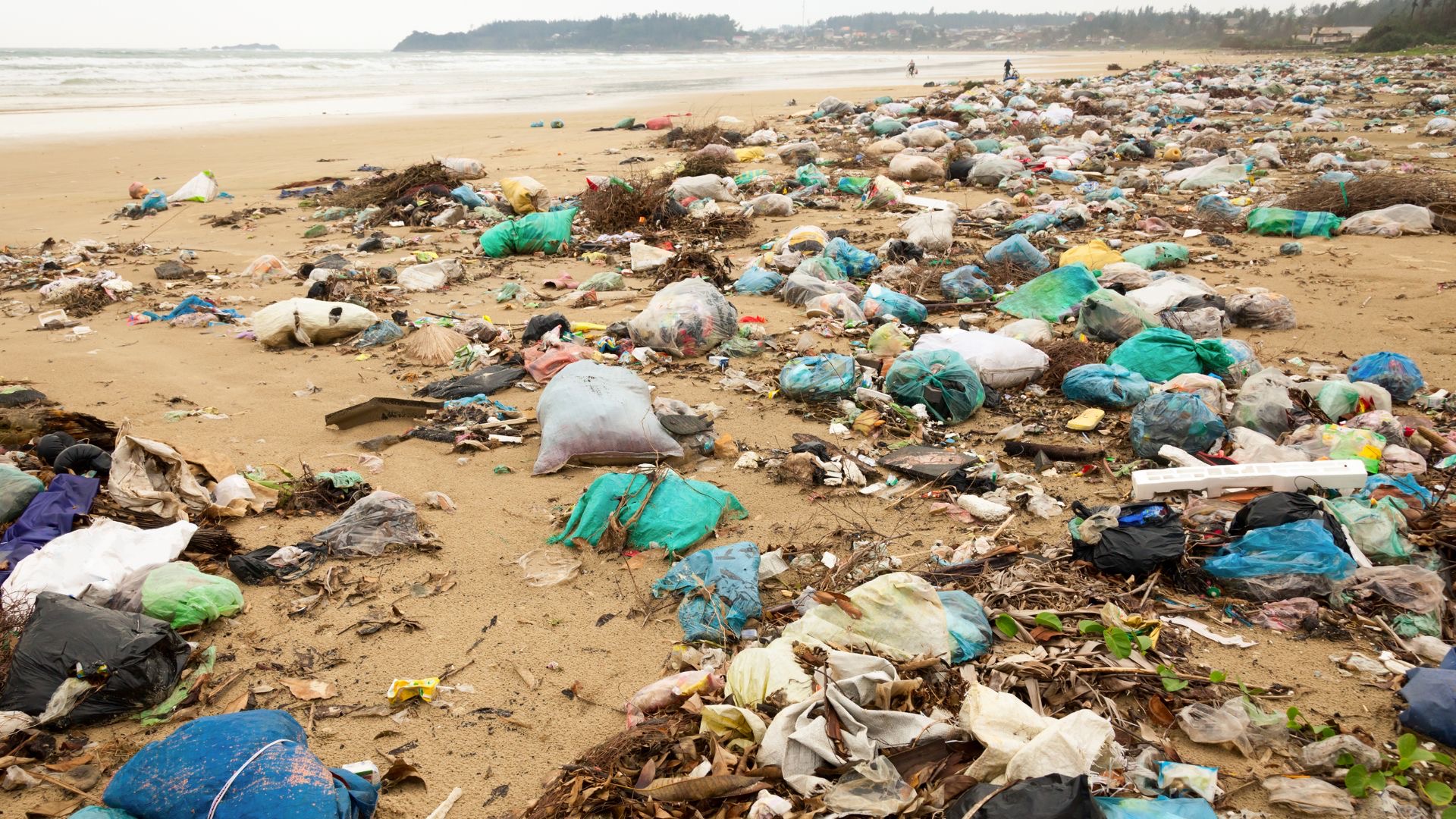
Dietary NeedsGeneral HealthCatsCats General Health
How to Avoid Environmental Hazardous Exposure in Pets – Part 2
Apr 25 2024
•
16 mins
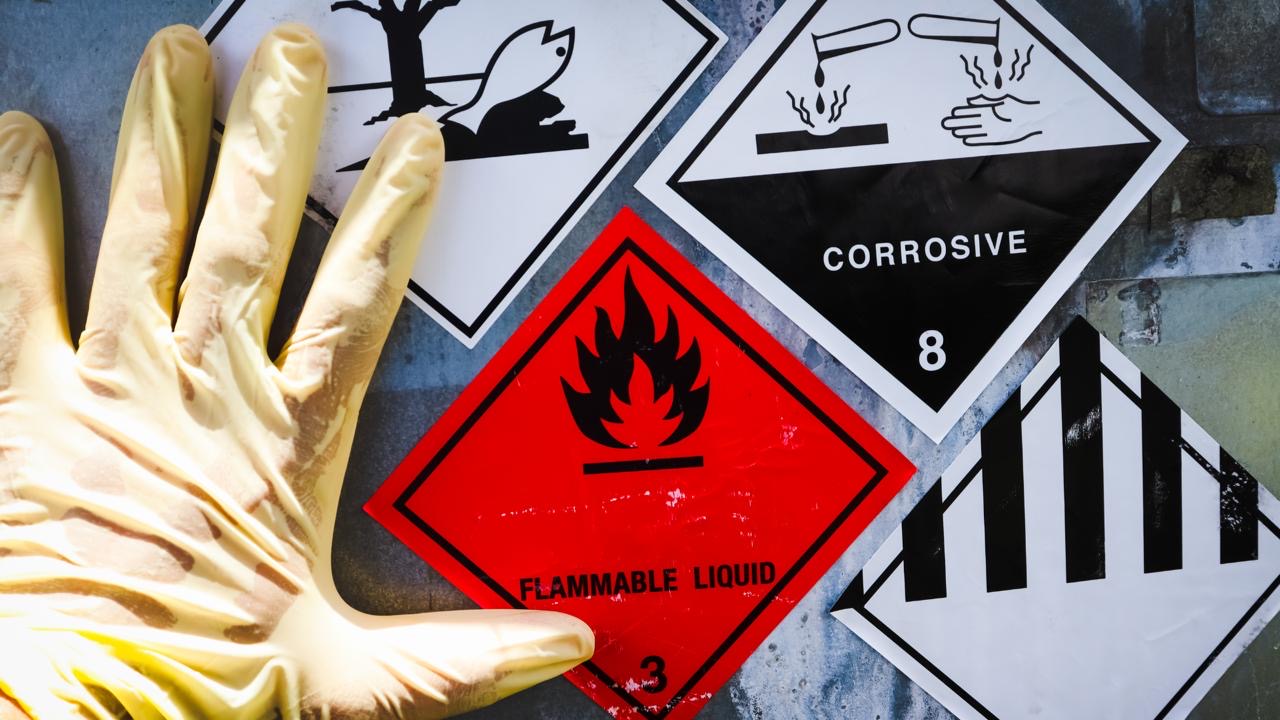
Dietary NeedsGeneral HealthCatsCats General Health
How To Avoid Environmental Hazardous Exposure in Pets – Part 1
Apr 19 2024
•
9 mins 40 secs

Dietary NeedsGeneral HealthCatsCats General Health
The Ultimate Guide on Parasites: Part 2 – Internal Parasites
Feb 17 2024
•
16 mins
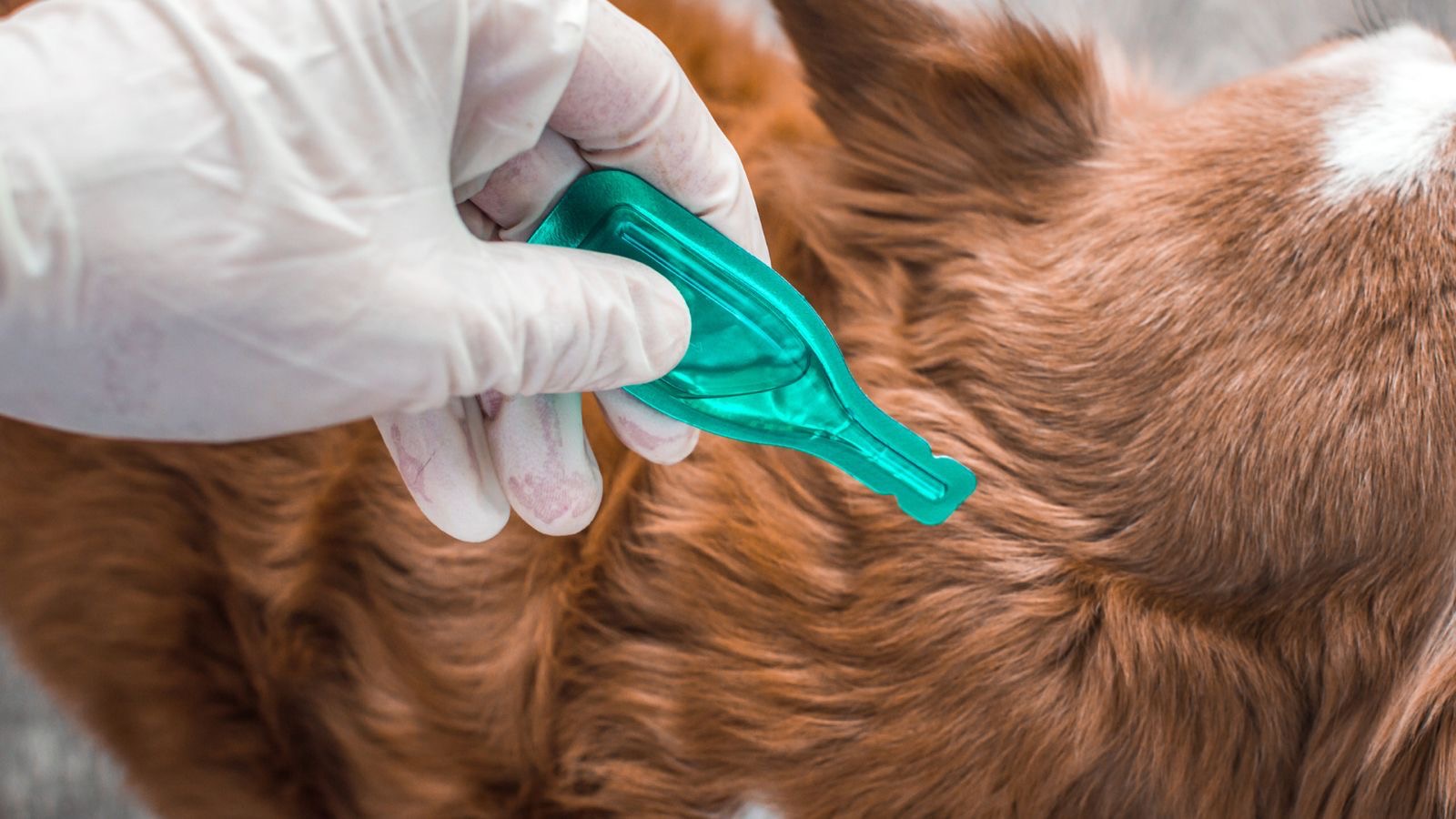
Dietary NeedsGeneral HealthCatsCats General Health
The Ultimate Guide on Parasites – Part 1: External Parasites
Feb 16 2024
•
11 mins 40 secs
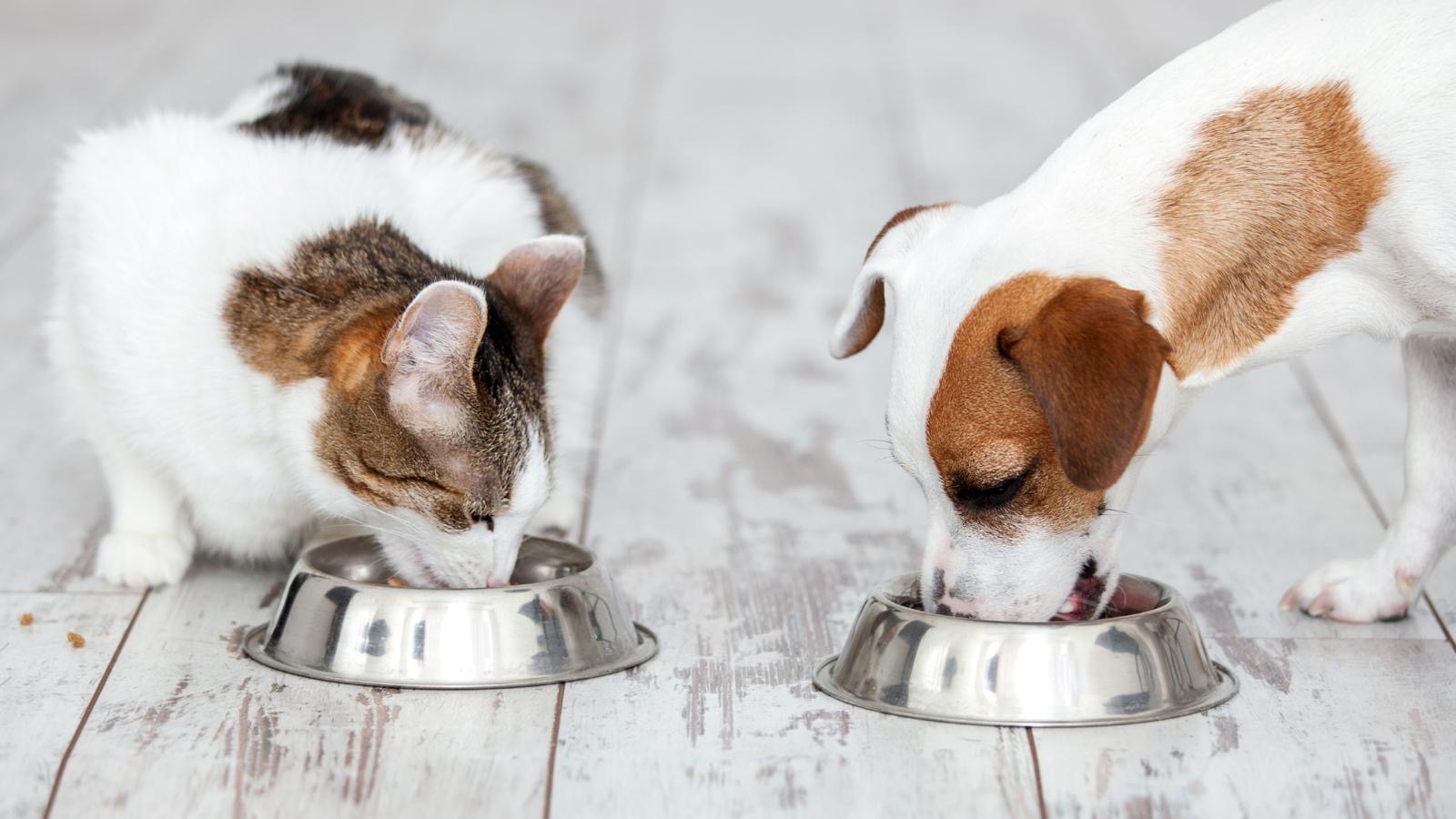
Dietary NeedsGeneral HealthCatsCats General Health
What Should I Feed My Cat or Dog?
Jan 11 2024
•
8 mins 40 secs
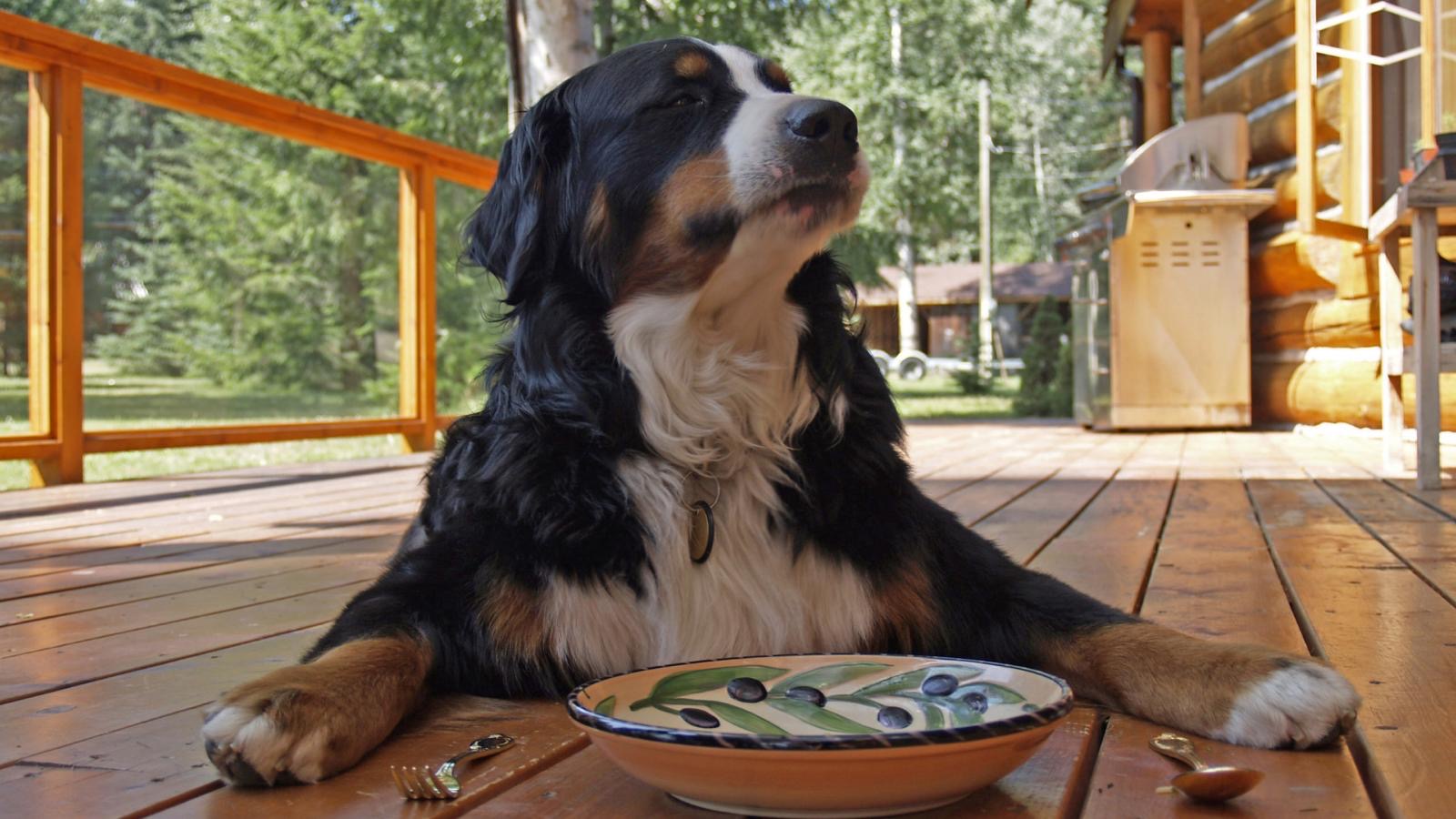
Dietary NeedsGeneral HealthCatsCats General Health
Should I Fast my Cat or Dog?
Jan 04 2024
•
6 mins 10 secs
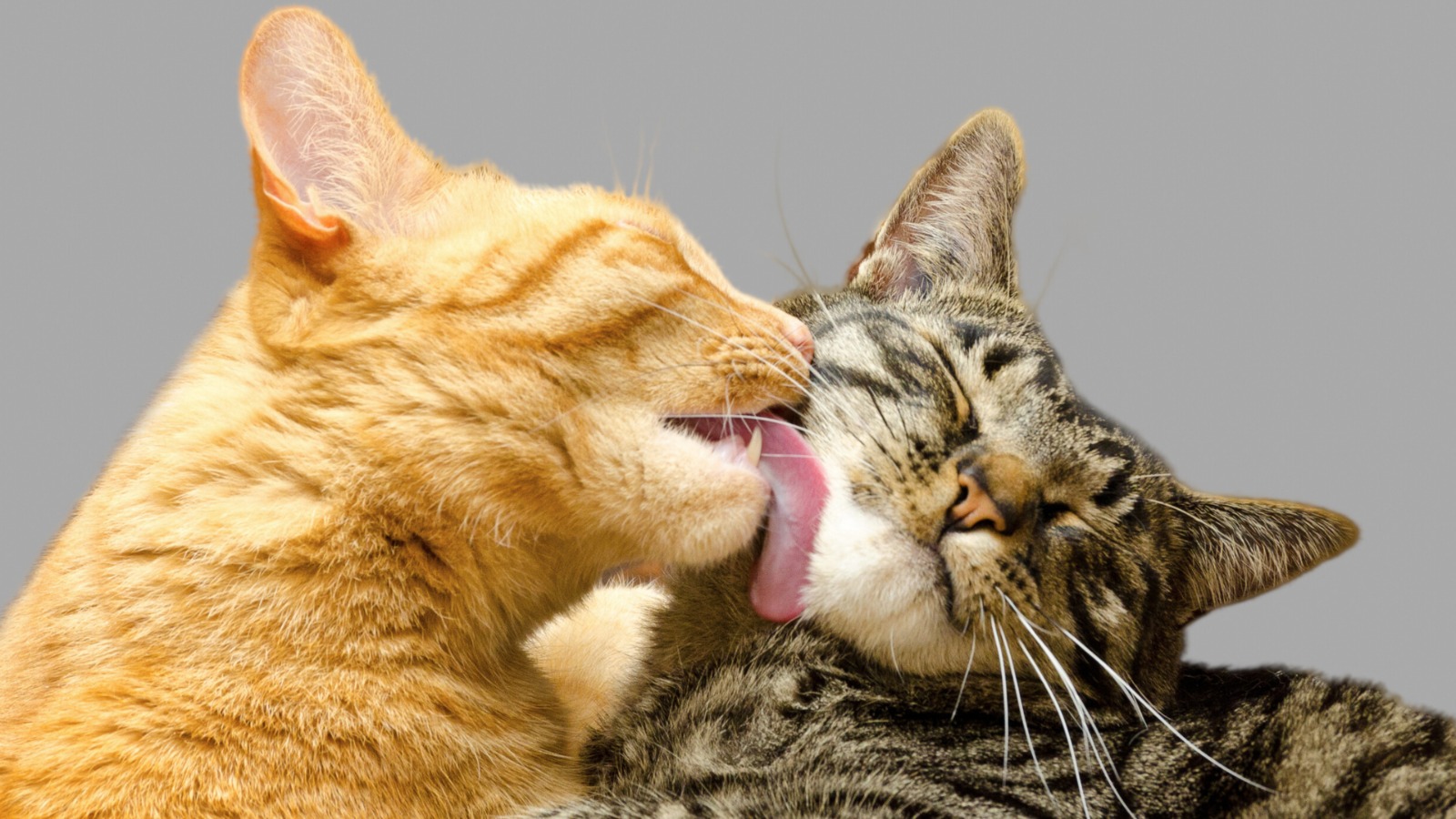
Dietary NeedsGeneral HealthCatsCats General Health
HELP, my Cat has Furballs!
Aug 17 2023
•
4 mins 50 secs
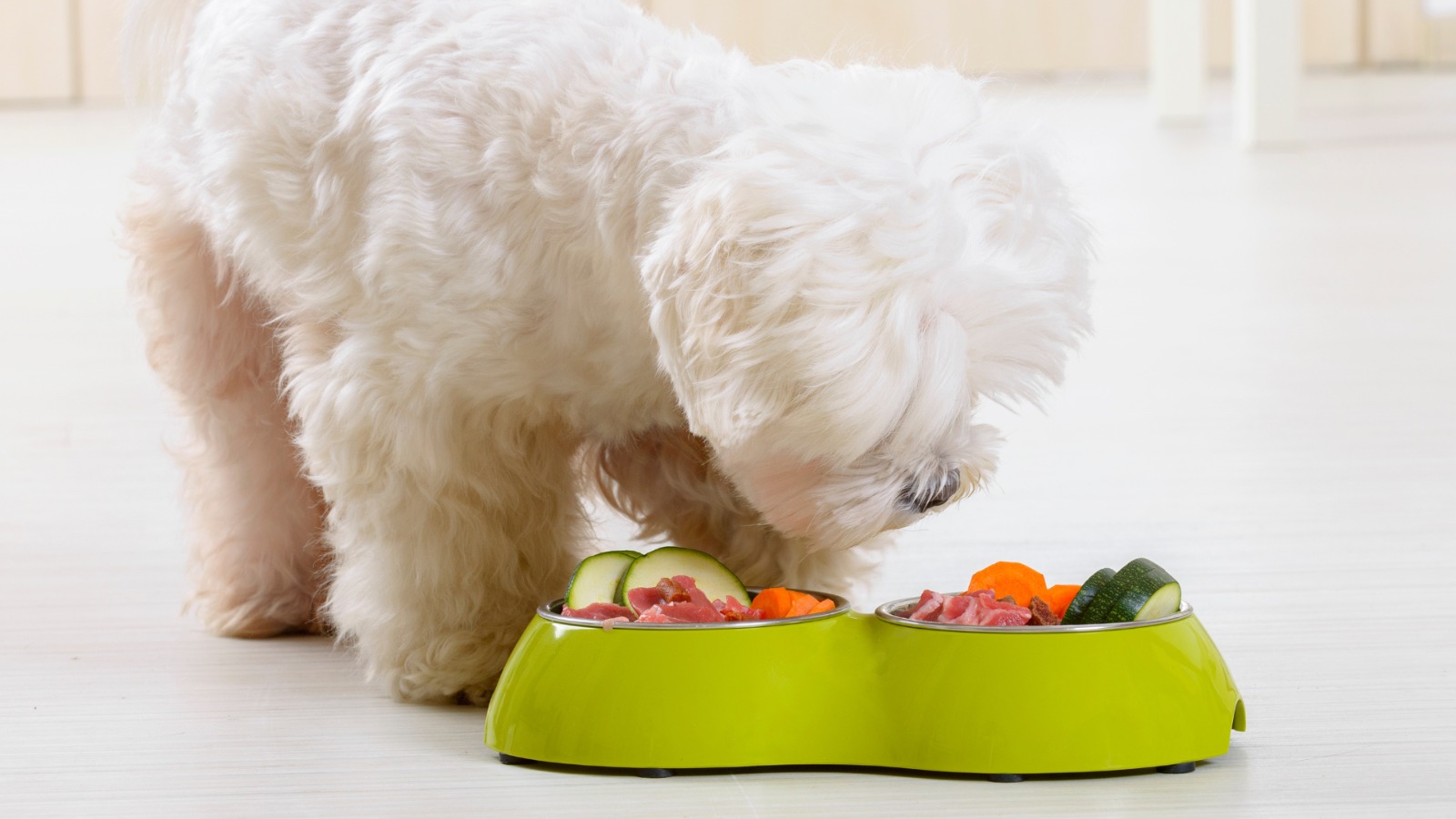
Dietary NeedsGeneral HealthCatsCats General Health
Should I Feed Vegetables to my Pet?
Aug 10 2023
•
5 mins 30 secs

Dietary NeedsGeneral HealthCatsCats General Health
Hormones, and Their Role in the Body
Apr 20 2023
•
7 mins 12 secs

Dietary NeedsGeneral HealthCatsCats General Health
Offal… Why is it Important?
Mar 29 2023
•
4 mins 32 secs

Dietary NeedsGeneral HealthCatsCats General Health
How to Enrich Your Cat’s Life
Aug 08 2022
•
5 mins 30 secs
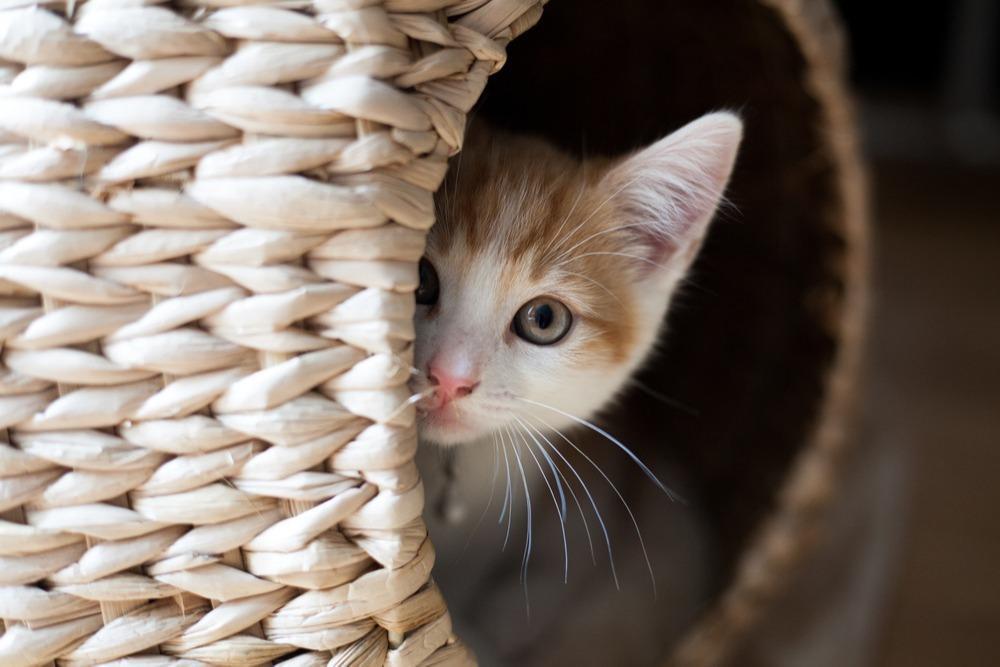
Dietary NeedsGeneral HealthCatsCats General Health
How Can We Support the Stressed Cat?
Jun 02 2022
•
6 mins 35 secs
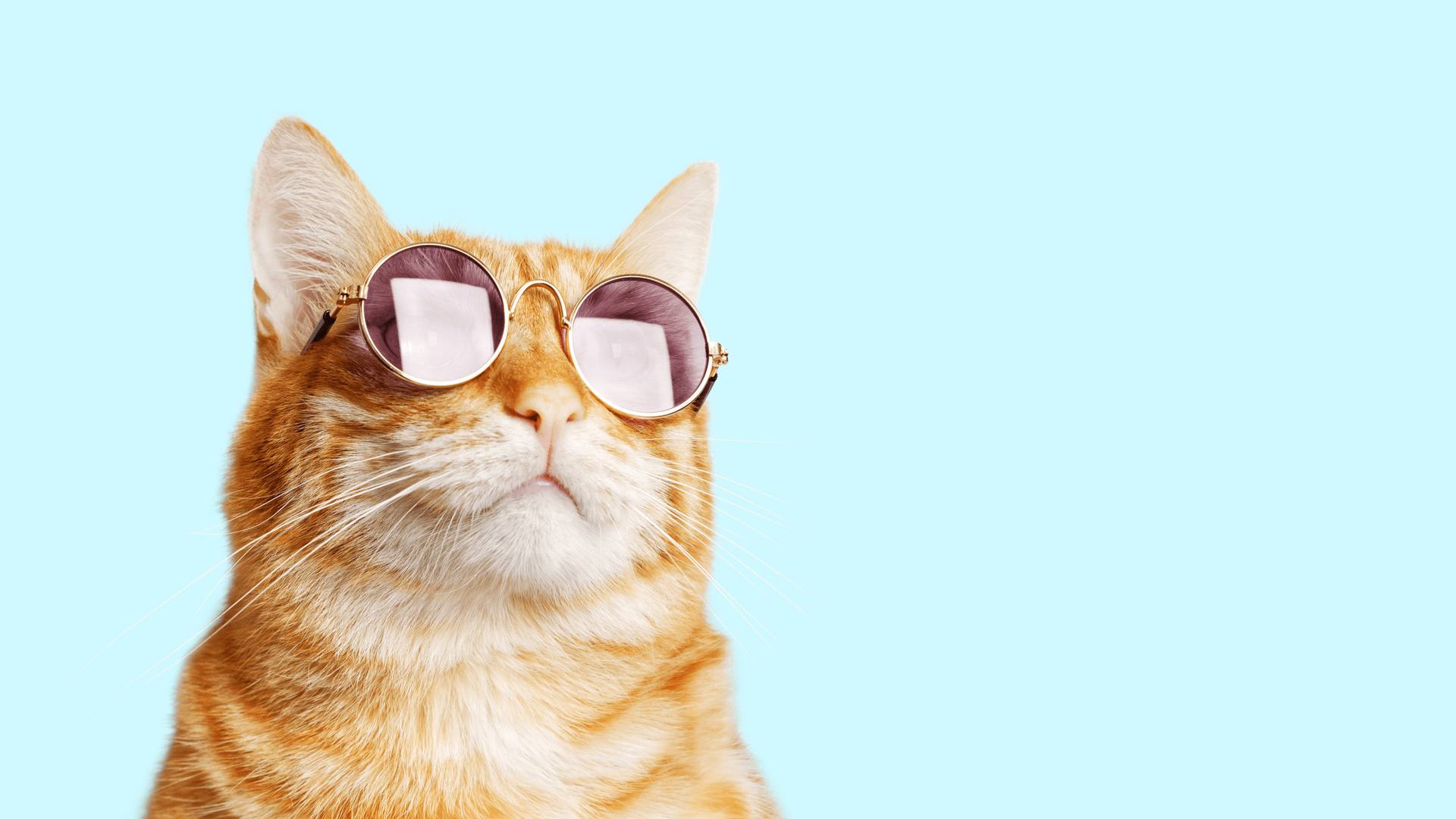
Dietary NeedsGeneral HealthCatsCats General Health
What is Cat Acne? Our Top Tips to Tackle It
Jan 31 2022
•
5 mins 54 secs
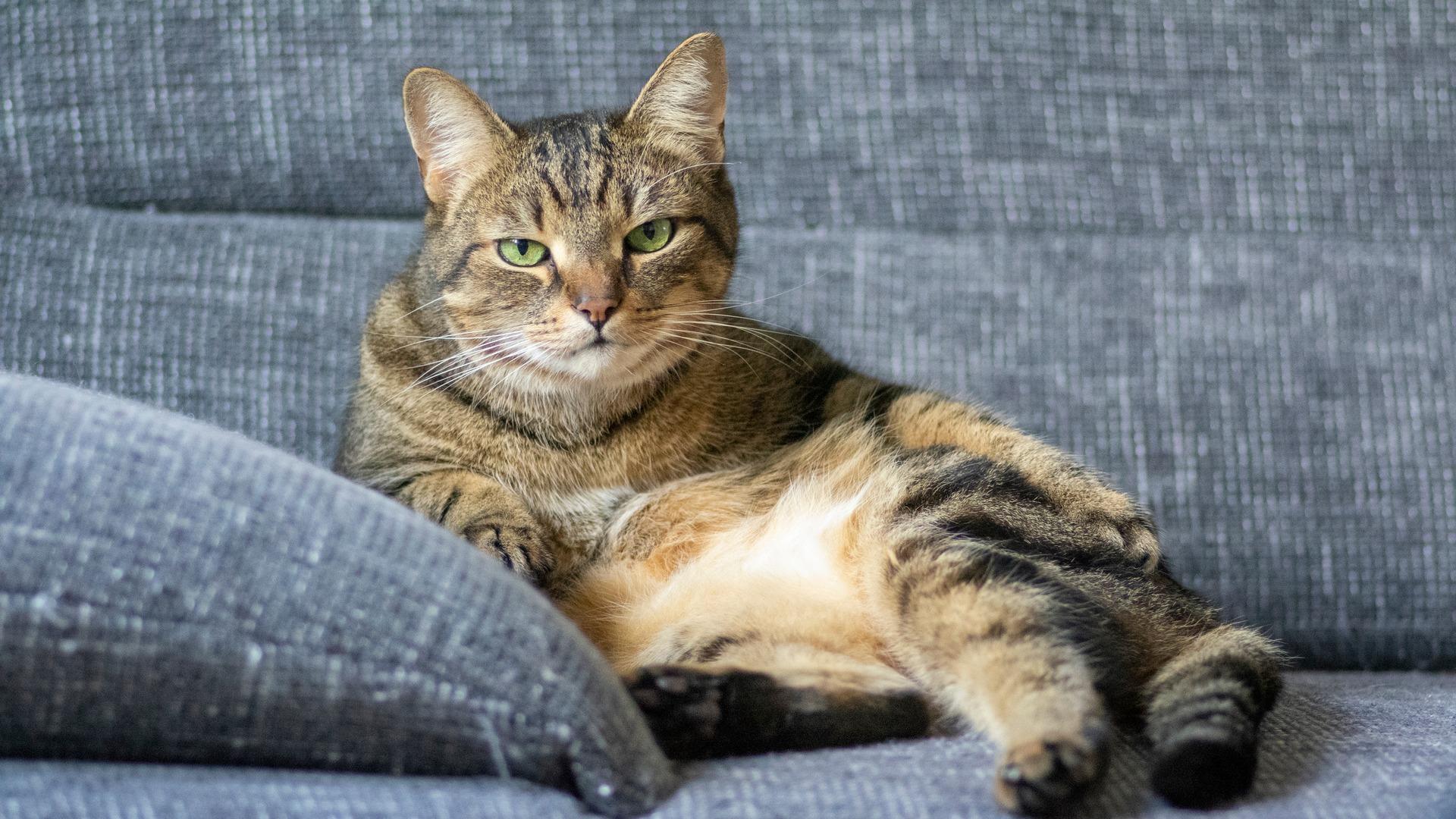
Dietary NeedsGeneral HealthCatsCats General Health
How Can I Help My Cat Lose Weight?
Jan 31 2022
•
4 mins 30 secs
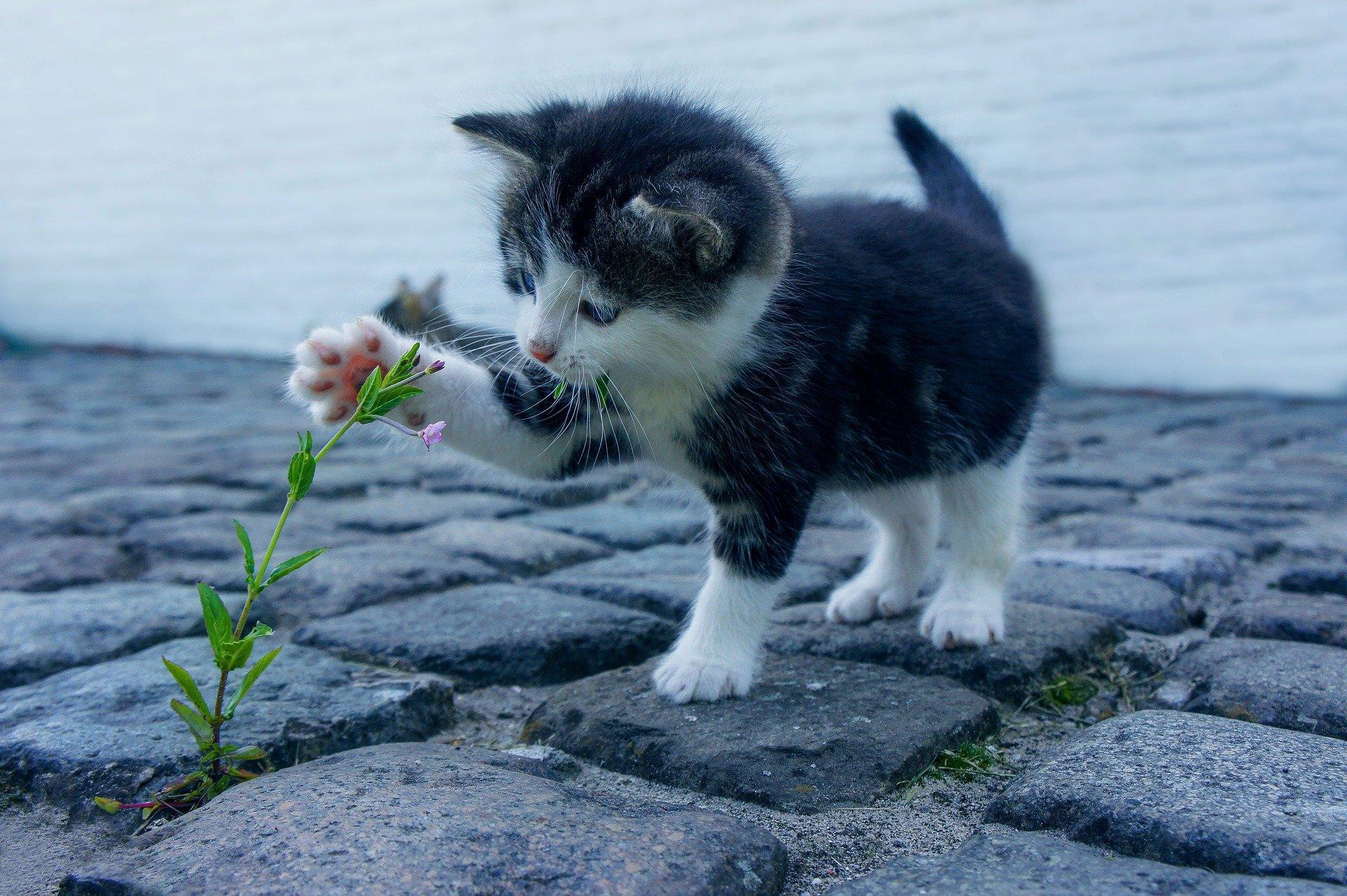
Dietary NeedsGeneral HealthCatsCats General Health
Can Cats Improve Our Health?
Nov 16 2021
•
5 minutes 52 secs
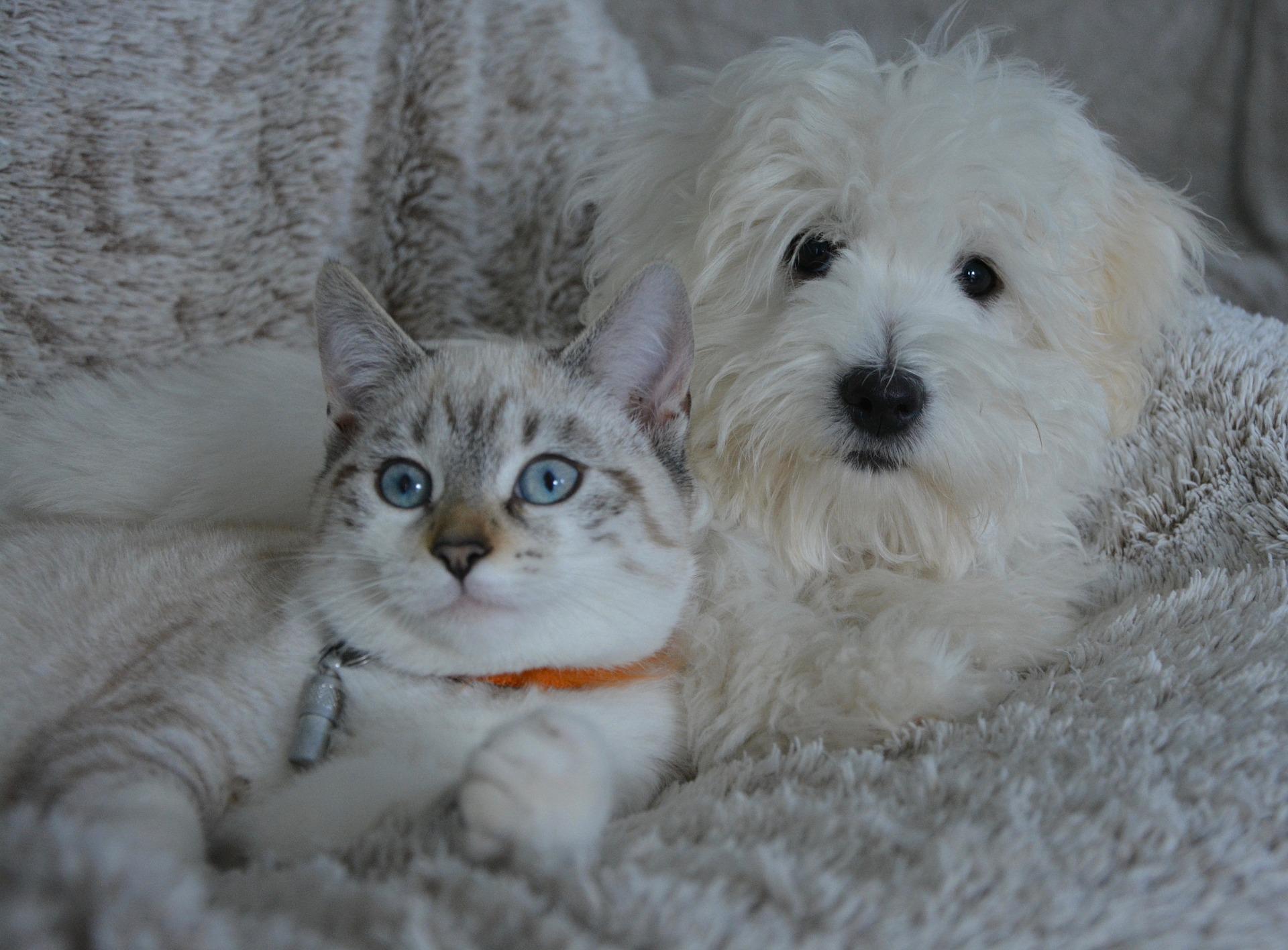
Dietary NeedsGeneral HealthCatsCats General Health
Should I Feed My Pet a Vegan Diet?
Nov 09 2021
•
5 mins 6 secs
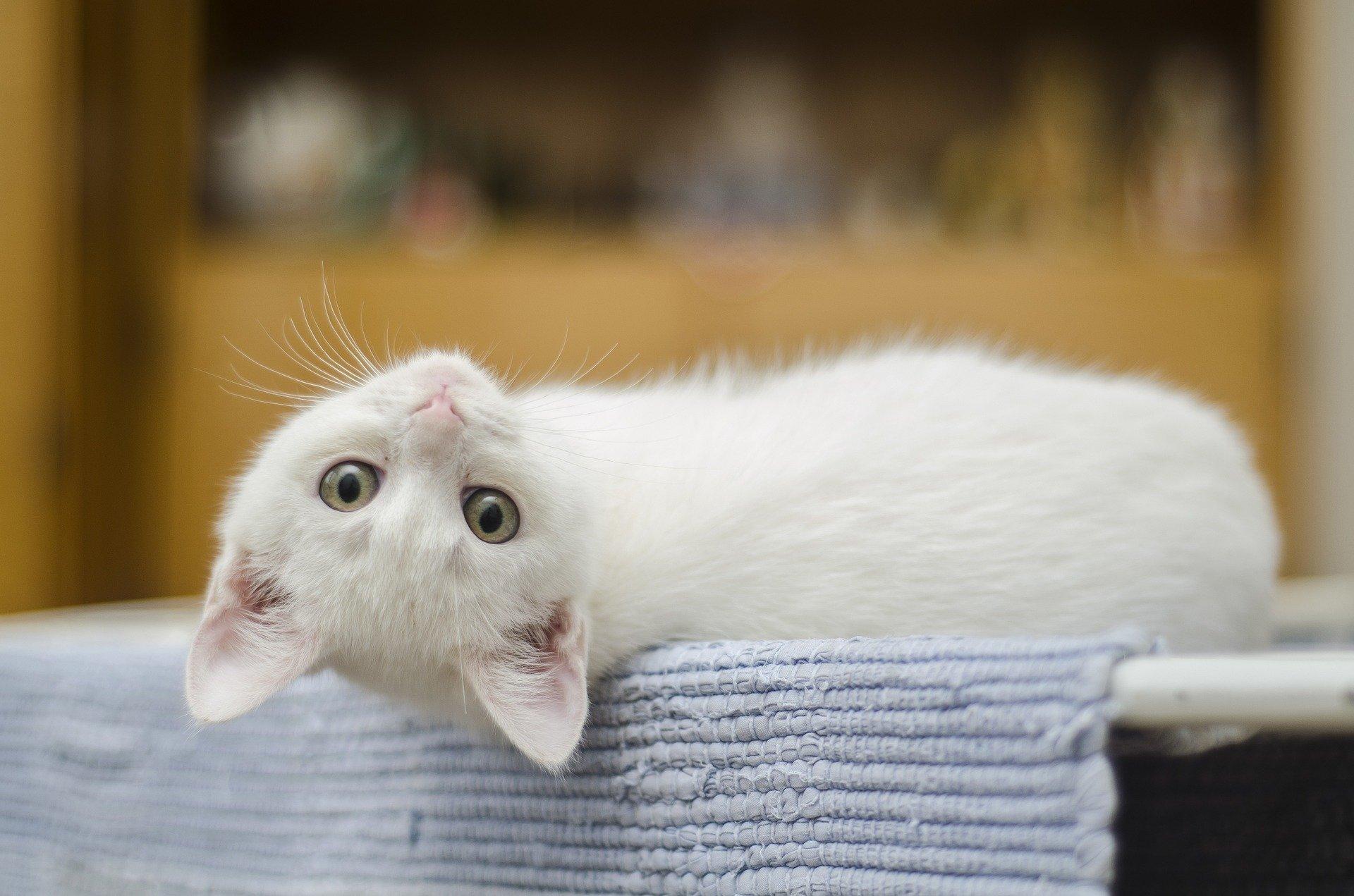
Dietary NeedsGeneral HealthCatsCats General Health
5 Tips To Keep Your Cat Healthy
Sep 04 2021
•
8 min read

Dietary NeedsGeneral HealthCatsCats General Health
The Importance of Water
Jun 14 2021
•
8 min read
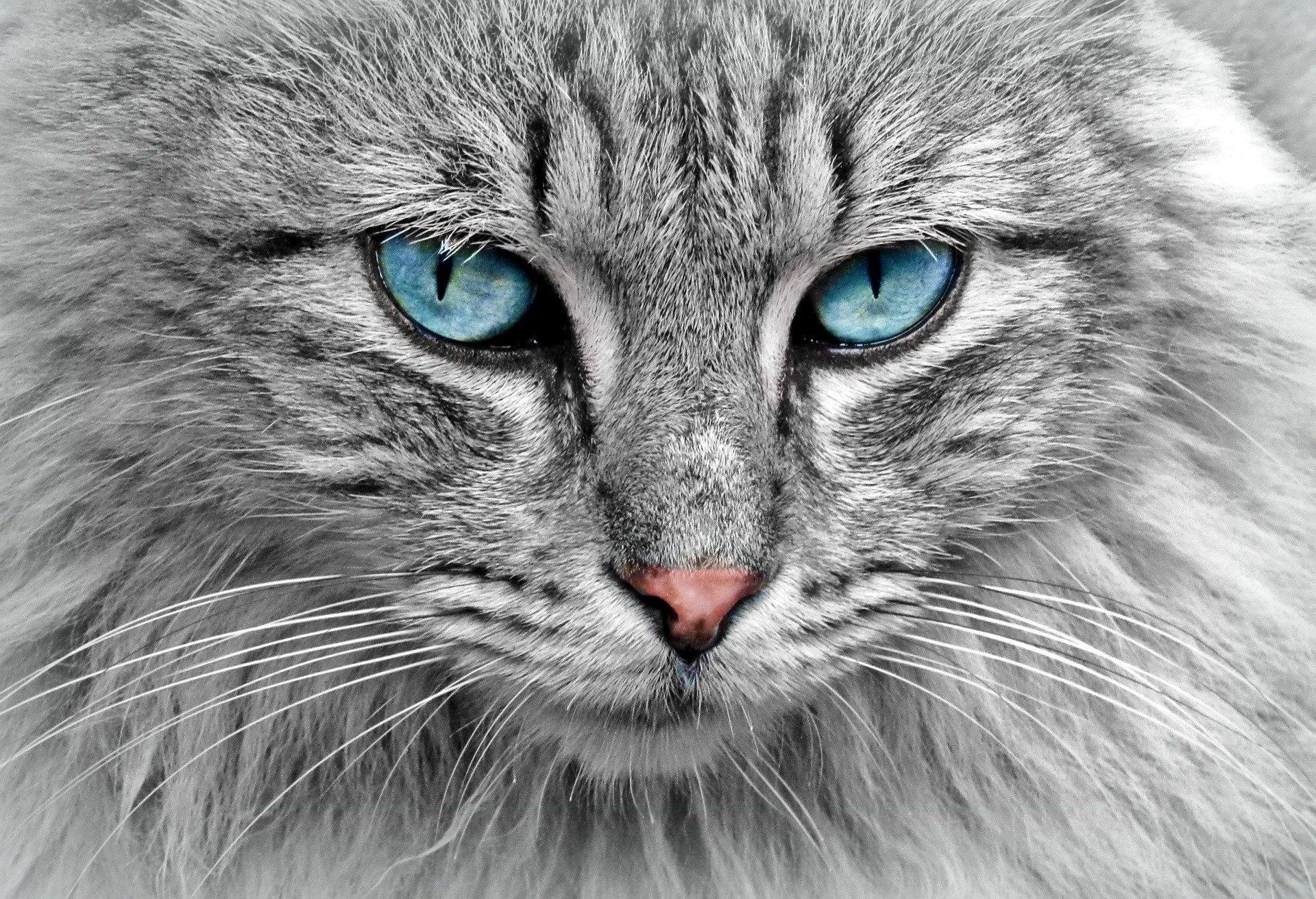
Dietary NeedsGeneral HealthCatsCats General Health
Cats Are Not Small Dogs
Jun 10 2021
•
7 min read

Dietary NeedsGeneral HealthCatsCats General Health
How Nutrition Affects Your Pet’s Genes
Apr 19 2021
•
15 min read
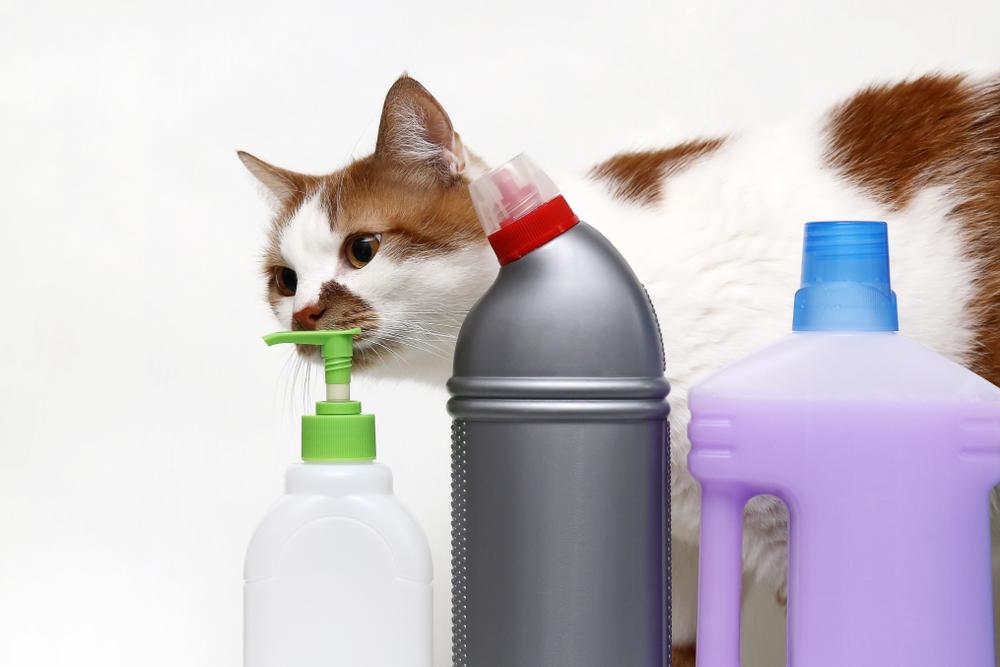
Dietary NeedsGeneral HealthCatsCats General Health
The Struggle of the Cat in our Toxic World
Mar 09 2021
•
8 min read
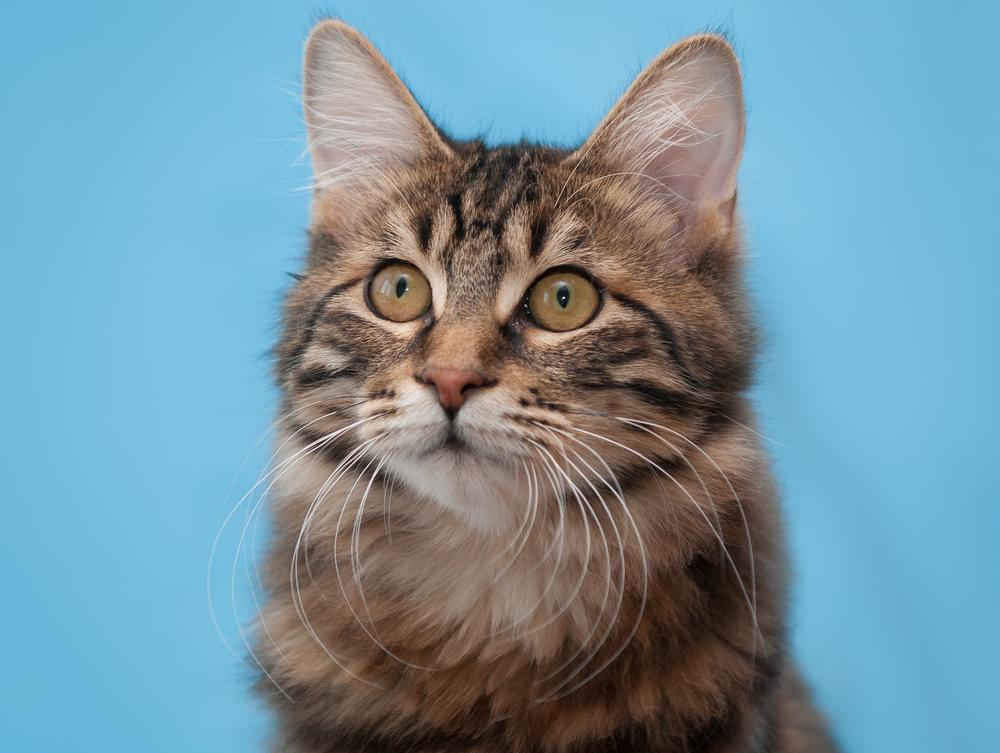
Dietary NeedsGeneral HealthCatsCats General Health
Hyperthyroidism in Cats
Jan 21 2021
•
6 min read
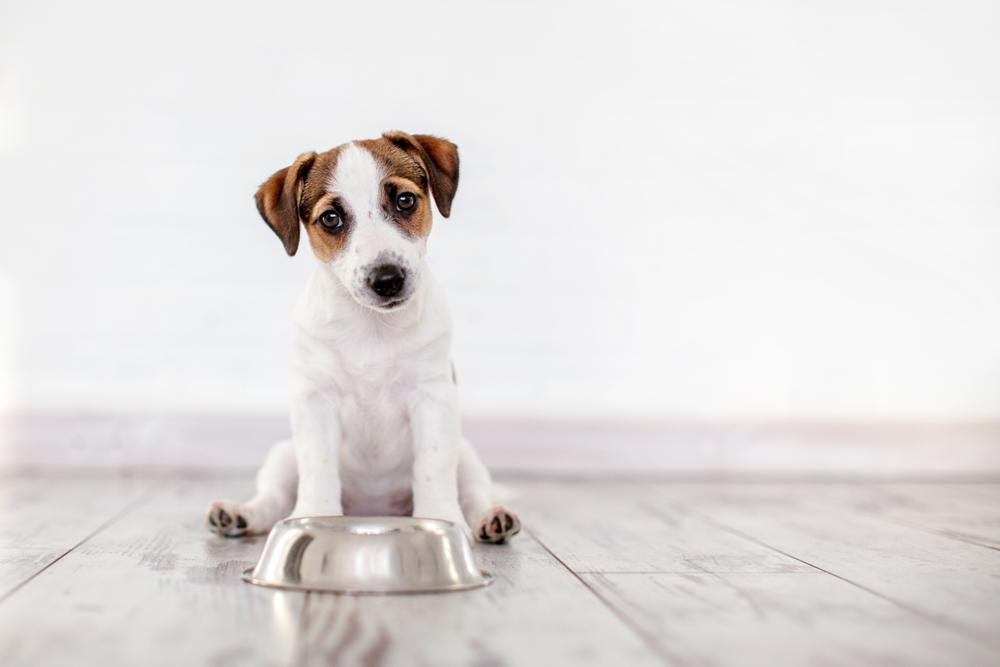
Dietary NeedsGeneral HealthCatsCats General Health
What is the best kind of pet food?
Jan 14 2021
•
11 min read

Dietary NeedsGeneral HealthCatsCats General Health
What Food Should My Cat Eat?
Nov 04 2020
•
8 min read
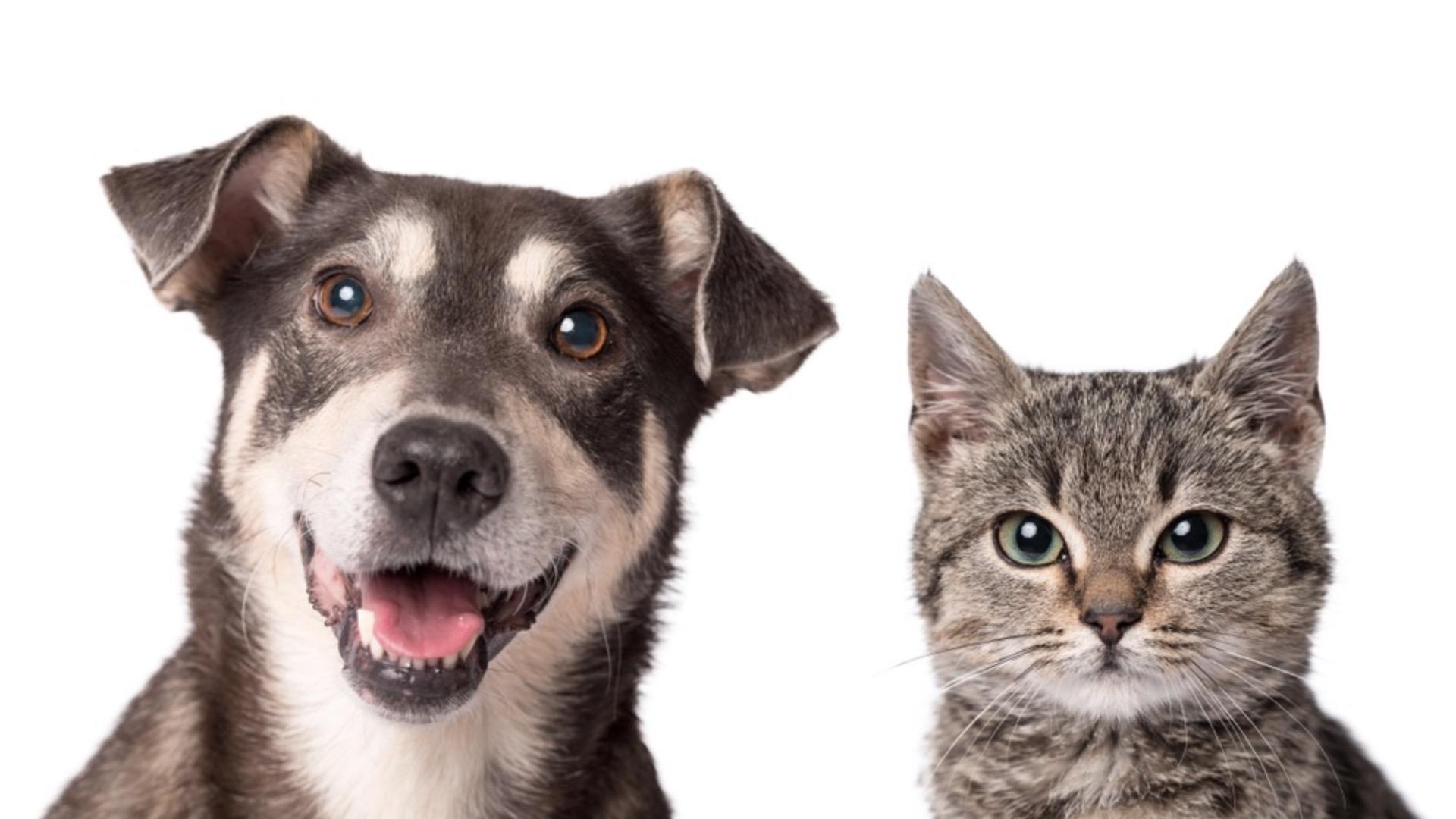
Dietary NeedsGeneral HealthCatsCats General Health
Natural Flea and Worming Treatments
May 05 2020
•
7 min read

Dietary NeedsGeneral HealthCatsCats General Health
What is the best food to feed my cat or dog?
Oct 10 2019
•
5 min read
✕






